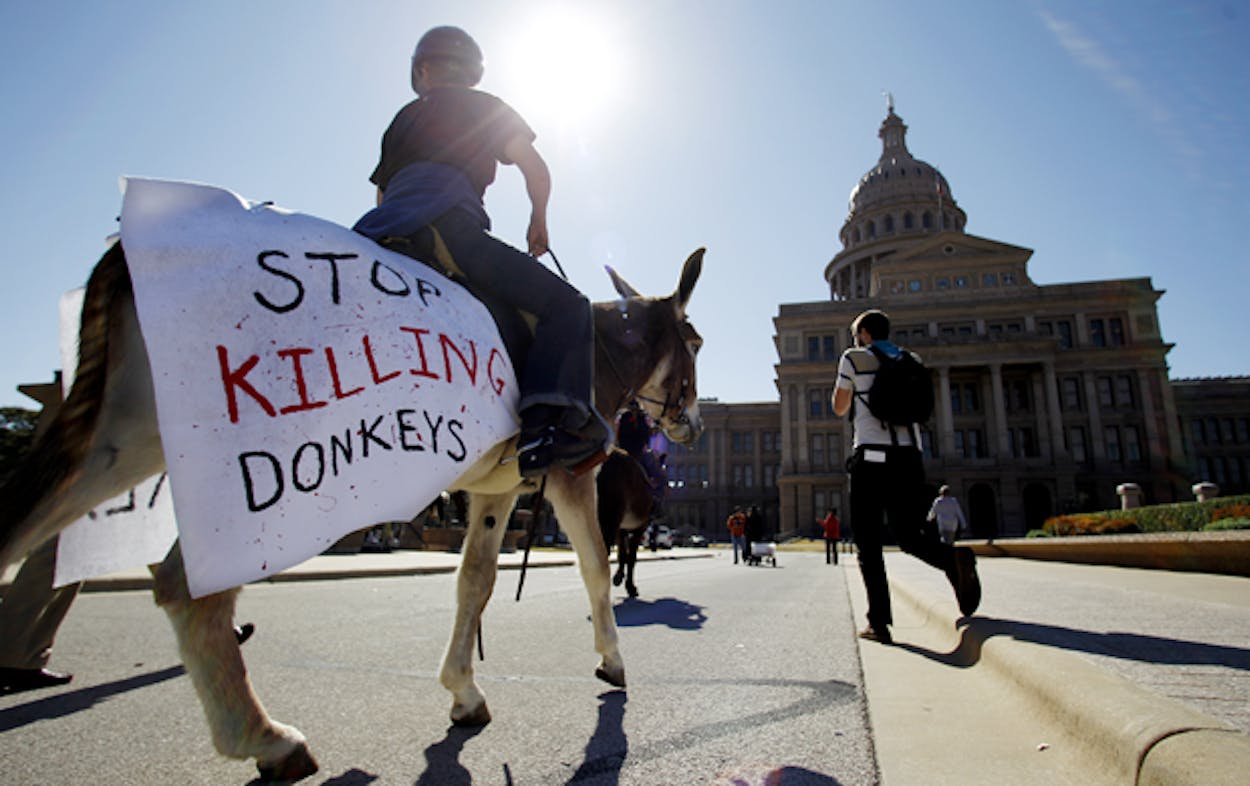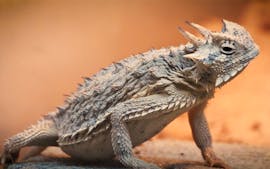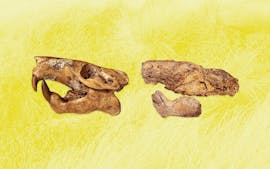Yesterday saw a new twist in the five-year long controversy over the fate of wild burros in Big Bend Ranch State Park. Parks and Wildlife director Carter Smith announced that he was temporarily suspending the department’s policy of shooting the burros, a practice that began in late 2006 to make the park more habitable for desert bighorn sheep, a prized game animal that the department has been slowly reintroducing to its former range in the mountains of the Trans-Pecos.
This is the second time Parks and Wildlife has been obliged to stop shooting the non-native burros, which, according to the agency, are causing considerable damage to the park’s delicate ecosystem and compete with bighorns for water and forage. The first cease-fire was declared in 2007 after the story of the dead burros broke—thanks to the efforts of some outraged park employees–but efforts by an animal rescue group to trap and remove the burros went nowhere, and the shootings quietly resumed in 2010.
A new round of bad publicity, drummed up this time by a group called the Wild Burro Protection League, which delivered a donkey-borne petition to the state Capitol in January, has now prompted another round of negotiations. This time Parks and Wildlife has agreed to help the Humane Society of the United States pay for an aerial survey of the burro population in the park (believed to be about three hundred) as a preliminary step toward another possible effort at live trapping and removal, perhaps to a rescue ranch in northeast Texas.
The money for the actual removal, which has always been the sticking point for the cash-strapped department, would have to come from the Humane Society or private donors—assuming such a feat is deemed achievable after the survey is completed. If not, Smith made clear that the agency would return to its practice of lethal removal.
This decision had yet to be announced when I interviewed Smith for TEXAS MONTHLY‘s April issue about the bighorn reintroduction program. Yet as my story makes clear, the burro is not the only animal that the bighorn program has placed in the line of fire. The department also has a lethal removal policy for elk and aoudad (an exotic sheep imported from Africa) on lands where bighorns are found. And few people are aware that Parks and Wildlife also routinely traps and kills mountain lions to protect bighorns that have been reintroduced on public lands. Why go to all this trouble to bring one species back to West Texas? Read the story.







